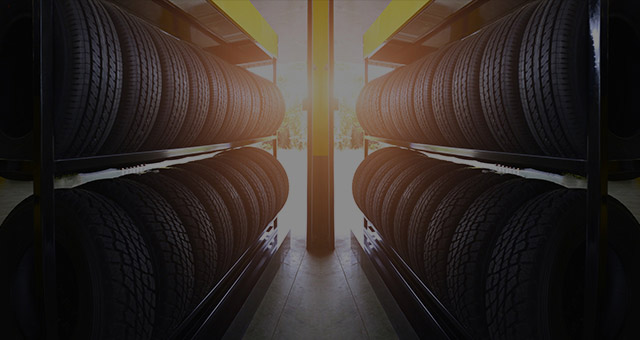Morris Tire and Alignment: Your Trusted Source for Reliable Service
Morris Tire and Alignment: Your Trusted Source for Reliable Service
Blog Article
Tire Solution: Comprehending Tire Stress Monitoring Equipments
Comprehending Tire Stress Tracking Systems (TPMS) is a vital facet of keeping optimum vehicle performance and security on the road. With developments in automobile technology, TPMS has actually come to be a conventional function in contemporary automobiles, giving real-time details on tire pressure levels.

Significance of TPMS
The importance of Tire Pressure Surveillance Systems (TPMS) lies in their capability to improve car safety and efficiency through real-time tracking of tire stress degrees. Preserving the proper tire stress is crucial for guaranteeing optimum handling, stopping, and general safety and security of a lorry. TPMS offers vehicle drivers with immediate responses on any type of underinflated or overinflated tires, allowing for timely changes to be made.
Parts of TPMS
Comprising various necessary aspects, a Tire Stress Tracking System (TPMS) works as an advanced security attribute in modern-day automobiles. The primary elements of a TPMS consist of sensing units, a control component, and a caution indicator. Sensing units are usually located in the tire shutoff stem or connected to the wheel setting up, where they determine tire stress and send information to the control module. The control component processes this information and causes a caution if it identifies substantially low stress in any one of the tires. The caution indicator, frequently a sign on the dashboard, notifies the motorist to check the affected tire or tires. Some advanced TPMS models additionally present the actual tire pressure analyses for each and every tire, supplying vehicle drivers with real-time details to guarantee optimum tire efficiency and safety. By monitoring tire pressure continuously, TPMS assists avoid accidents, reduces tire wear, and improves gas effectiveness, making it an essential part for car security and performance.
Kinds Of TPMS

On the various other hand, indirect TPMS counts on the lorry's wheel rate sensors to monitor tire stress. This system finds underinflation by comparing the rotational speeds of the wheels. Indirect TPMS is less expensive than direct TPMS, as it makes use of my review here existing sensors within the vehicle.
While direct TPMS provides much more exact analyses, indirect TPMS is easier in layout and usually requires much less maintenance. Both systems have their benefits and limitations, and the choice between them often depends upon aspects such as price, automobile make, and personal choice. Understanding the distinctions in between these 2 types of TPMS can help lorry proprietors make notified decisions concerning tire upkeep and safety and security.
TPMS Maintenance Tips
Conduct routine checks on the tire pressure levels and compare them with the TPMS analyses to guarantee they are consistent. During tire turning or substitute, make certain that the TPMS parts are handled meticulously to stop any type of possible damages. If the TPMS warning light illuminates on the dashboard, address the issue quickly by inspecting the tire stress and the general system for any mistakes.
Benefits of Appropriate Tire Pressure
Preserving proper tire stress, as emphasized in TPMS Maintenance Tips, is critical for gaining the various advantages linked with optimal tire pressure degrees. One of the main advantages of maintaining the proper tire pressure is boosted fuel effectiveness. When tires are correctly inflated, there is much less moving resistance, resulting in better gas economic situation. In addition, appropriate tire stress makes certain even tire wear, expanding the life-span of the helpful hints tires and promoting more secure driving problems. With the ideal tire pressure, lorries additionally have far better handling and traction, specifically in negative climate condition. This can improve total driving efficiency and security for the chauffeur and guests. Preserving optimal tire stress can contribute to a smoother and extra comfortable adventure by minimizing resonances and noise created by underinflated tires. To conclude, the advantages of proper tire pressure go beyond simply tire durability; they incorporate enhanced fuel efficiency, enhanced safety and security, much better vehicle efficiency, and general driving comfort.
Conclusion
Finally, recognizing tire pressure monitoring systems (TPMS) is crucial for keeping ideal tire stress and making certain car safety and security. By acknowledging the importance of TPMS, recognizing with its components, understanding the different types offered, adhering to proper upkeep ideas, and realizing the benefits of maintaining correct find more information tire pressure, motorists can enhance their driving experience and prolong the lifespan of their tires. Correct tire pressure is crucial to safe and effective lorry operation.

Report this page